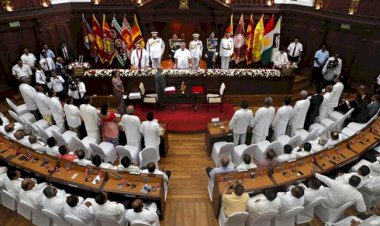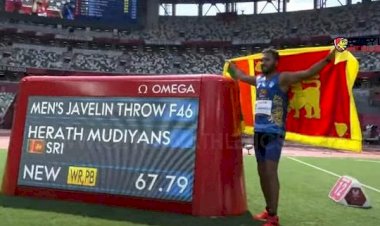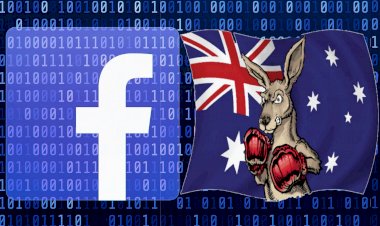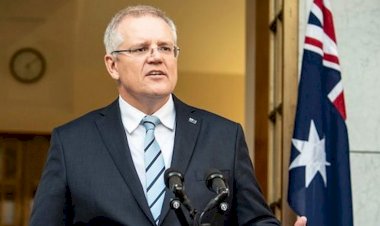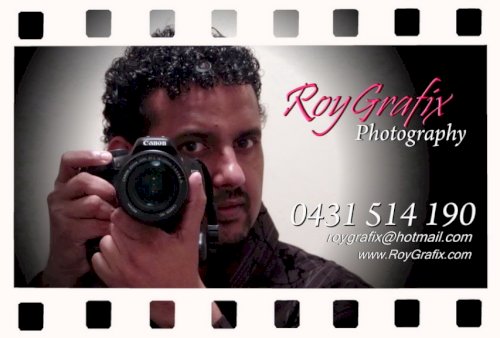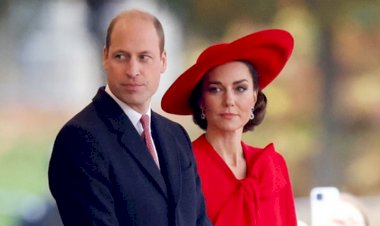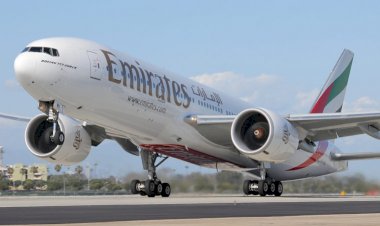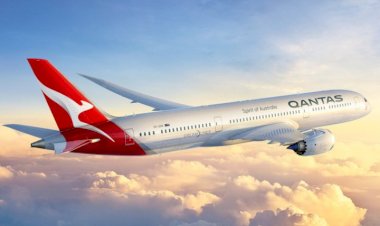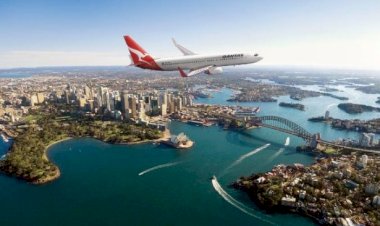Sri Lanka records world’s third-highest inflation
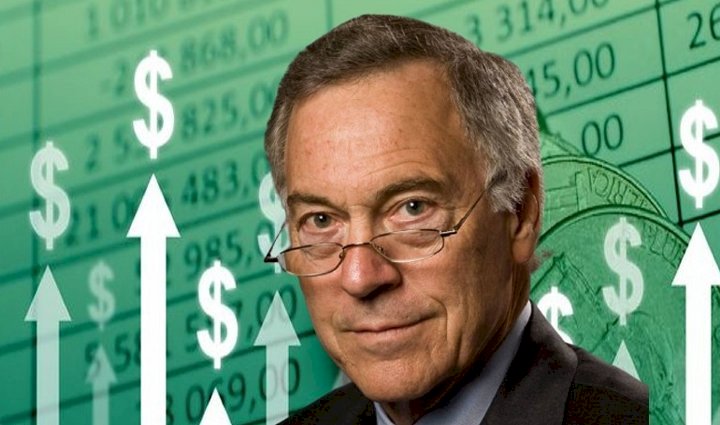
According to American economist Steve Hanke, inflation in Sri Lanka reached the third position in the weekly global inflation dashboard computed by him and John Hopkins University, surpassing countries such as Turkey, Venezuela, and Sudan.
Hanke, who is a professor of applied economics at The Johns Hopkins University and a senior fellow at the Cato Institute, stated on his official Twitter handle that: “In this week’s inflation table, Sri Lanka is in the spotlight again. On 21 April, I measured Sri Lanka’s inflation at a sky-high 119% per year. To crush inflation and save the rupee, Sri Lanka needs to install a currency board, like the one it had from 1884 until 1950.”
According to the inflation dashboard computed by Hanke, the annual inflation rate of Sri Lanka was the third-highest in the world, behind only Zimbabwe with an annual inflation rate of 207%, and Lebanon with an annual inflation rate of 150%.. However Sri Lanka’s annual inflation rate exceeds that of countries such as Venezuela, Argentina, Turkey, Sudan, Pakistan, Nigeria, and Syria.
Over the past few weeks, the Sri Lankan rupee has depreciated significantly by around 69% leading to an across-the-board increase in commodity prices.
As of 25 April 2022, according to the average buying and selling telegraphic transfers (TT) exchange rates published by the CBSL yesterday, the selling rate of a US dollar stood at Rs. 342.5 while the buying rate of a US dollar stood at Rs. 330.
A currency board, as proposed by Hanke for Sri Lanka, is a monetary institution that issues notes and coins (and, in some cases, deposits) fully backed by a foreign “reserve” currency and fully convertible into the reserve currency at a fixed rate and on demand. The reserve currency is a convertible foreign currency or a commodity chosen for its expected stability.
According to Currency Boards for Developing Countries: A Handbook by Hanke and Kurt Schuler, a currency board shall hold as reserves, low risk, interest earning securities and other assets payable in the reserve currency. A currency board holds reserves equal to 100% or slightly more of its notes and coins in circulation, as set by law.
The simplest type of currency board accepts no deposits and issues no securities; if a currency board does accept deposits or issue securities, they too must be backed 100% or slightly more by assets payable in the reserve currency.
A currency board earns profits from the difference between the return on the reserve currency securities it holds and the expense of maintaining its notes and coins in circulation. It remits profits to the Government beyond what it needs to pay its expenses and to maintain its reserves at the level set by law. A currency board does not have discretionary control over the quantity of notes, coins, and deposits it supplies. Market forces determine the quantity of notes, coins, and deposits it supplies, and hence the overall money supply in a currency board system.




 mode1
mode1 






